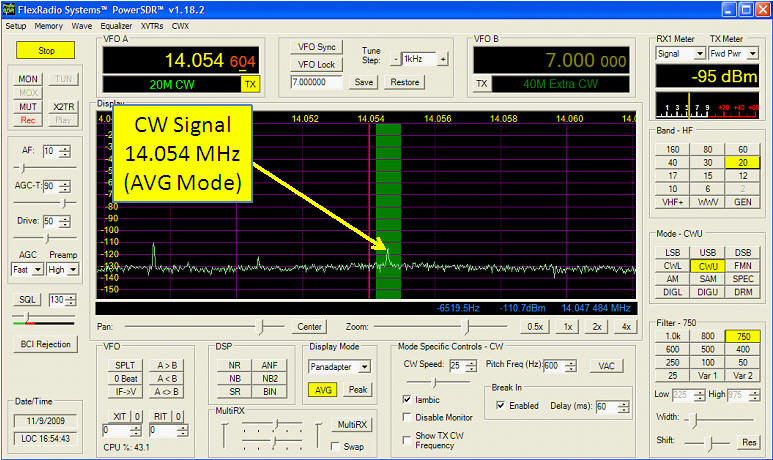![]()
S D R (Software Defined Radio)
Computers are being used in ham radio in multiple ways that has progressed from simple control of functionality, to digital and analog interfacing, to manipulation of signals within the computer itself. Over the last 30 years, microprocessor, and to a lesser extent, personal computers, have been designed into transceivers (contraction for transmitter and receiver within one unit) to provide a larger capability that is programmable either at the factory or by the end user. Example of this include the control (input and readout) of the operating frequency to memorization of channels and switching of different sections.
Personal computers, on the other hand, were initially used to provide a remote control capability and provide increased operator flexibility such as log record keeping. Within the last 10 years, the power of the personal computers have increased to the point of being practical for signal manipulation to provide both signal modulation/demodulation, coding/decoding, and error correction.
Software Defined Radio (SDR) provides a capability that can reside in a computer system to convert analog signals signals of increasing bandwidth (baseband and RF) to digital representations that can then implement a larger variety of signal formats such as CW, SSB, FM, AM with a large digital signal processing (DSP) capabilities.
Below are some links to SDR and examples of using the SoftRock series of entry level SDR receivers.
PowerSDR and SoftRock Lite (Download 400 KB PDF File)
